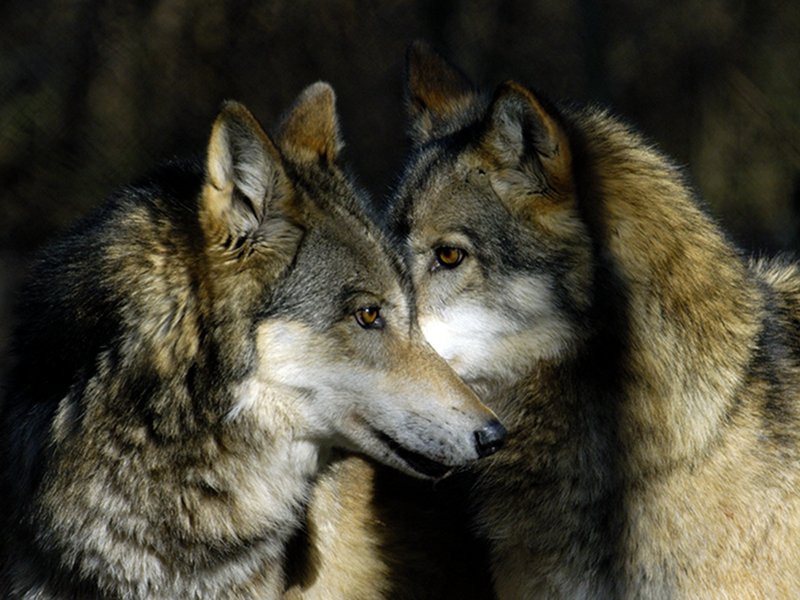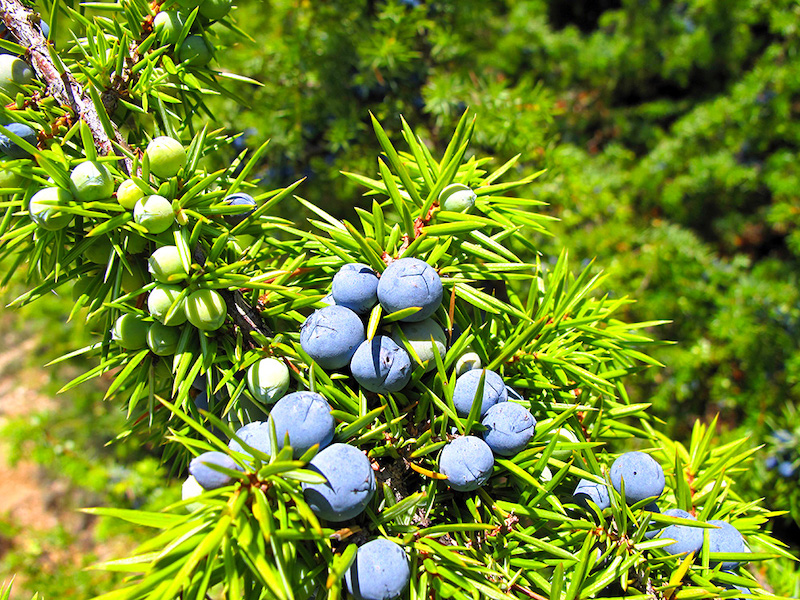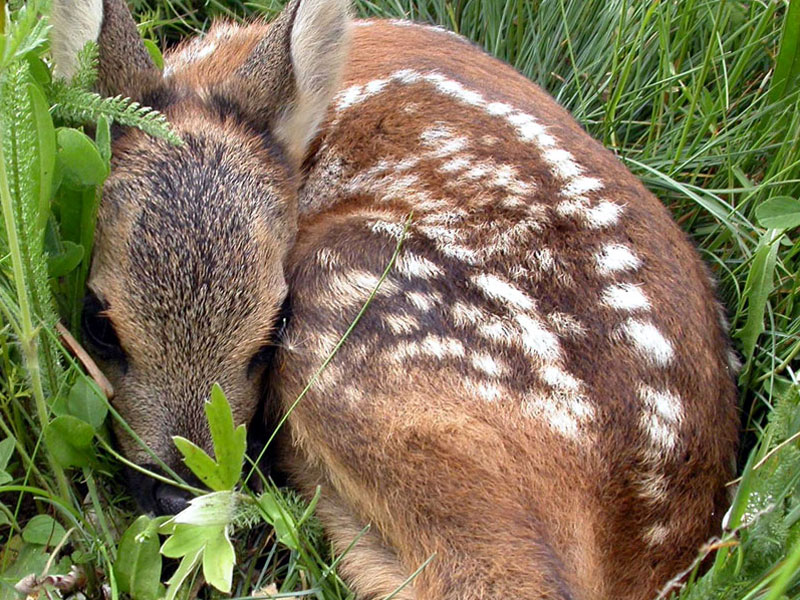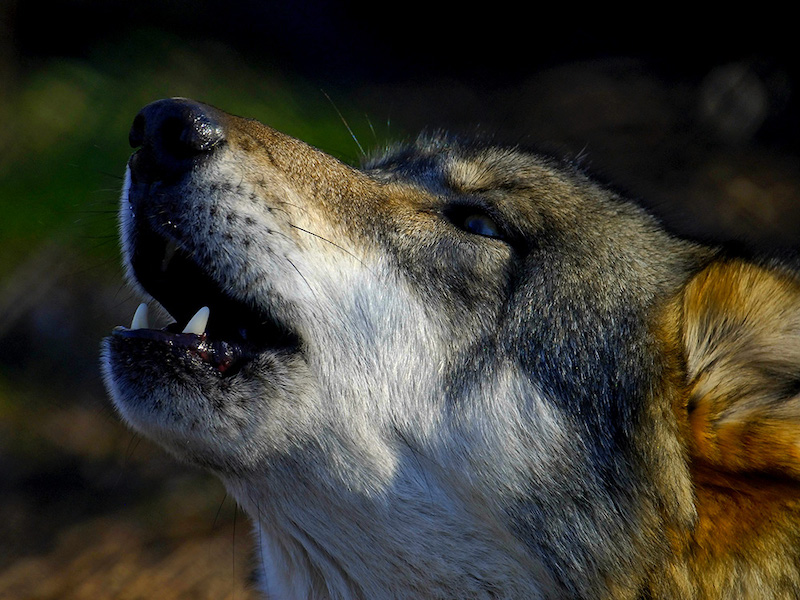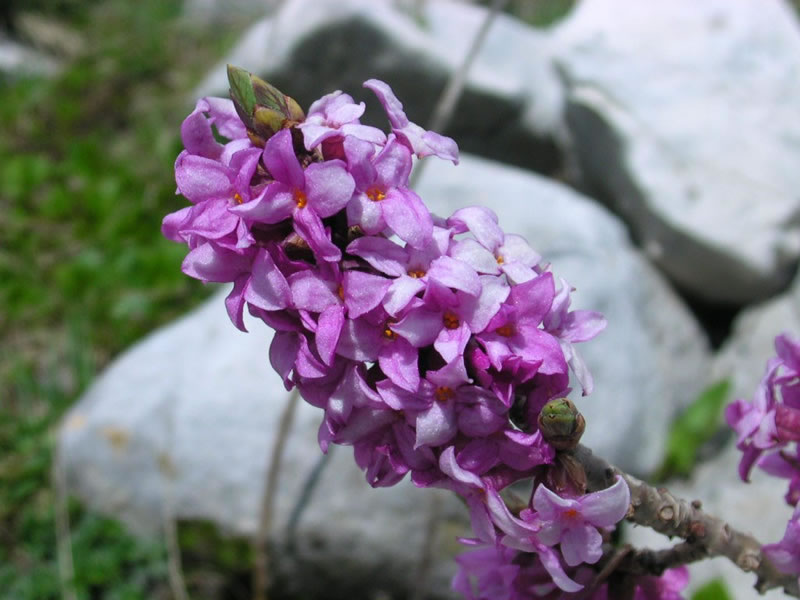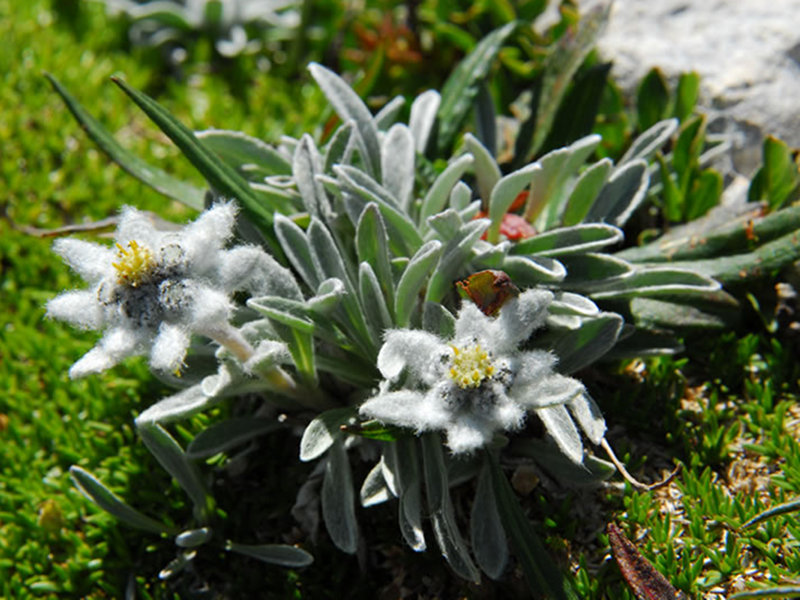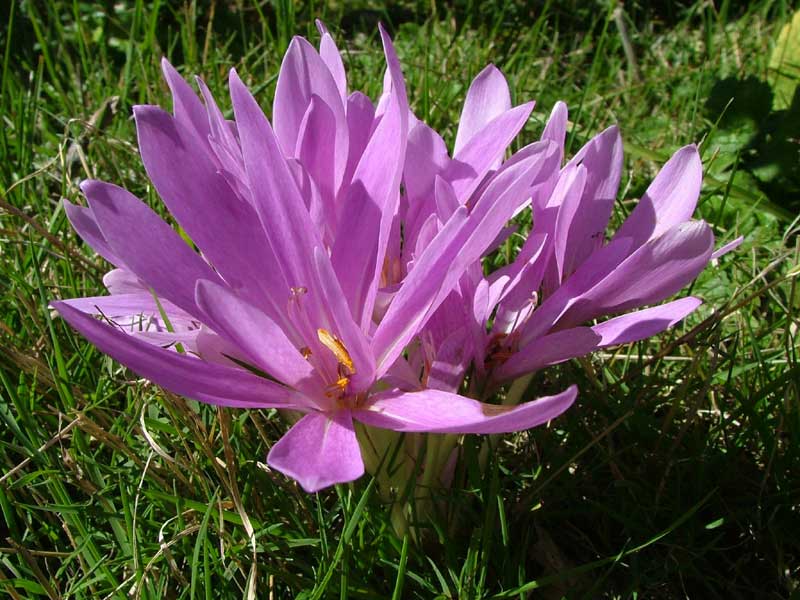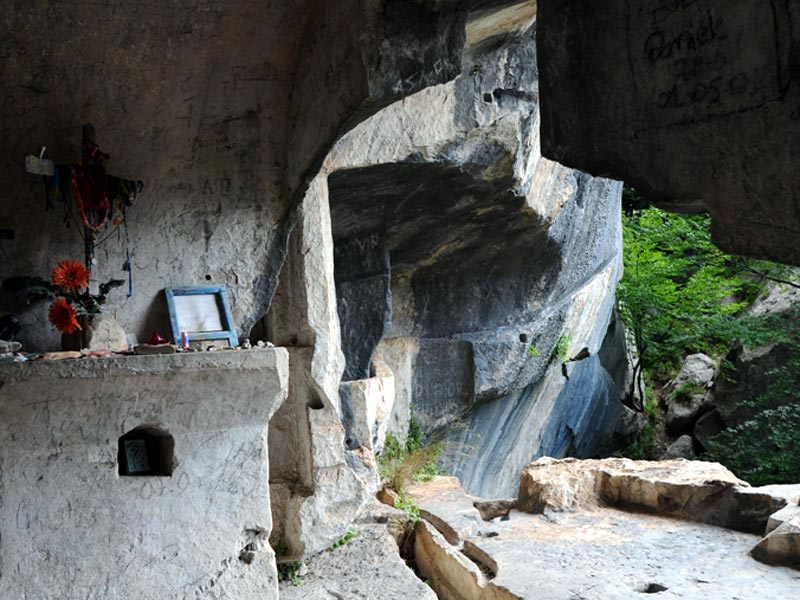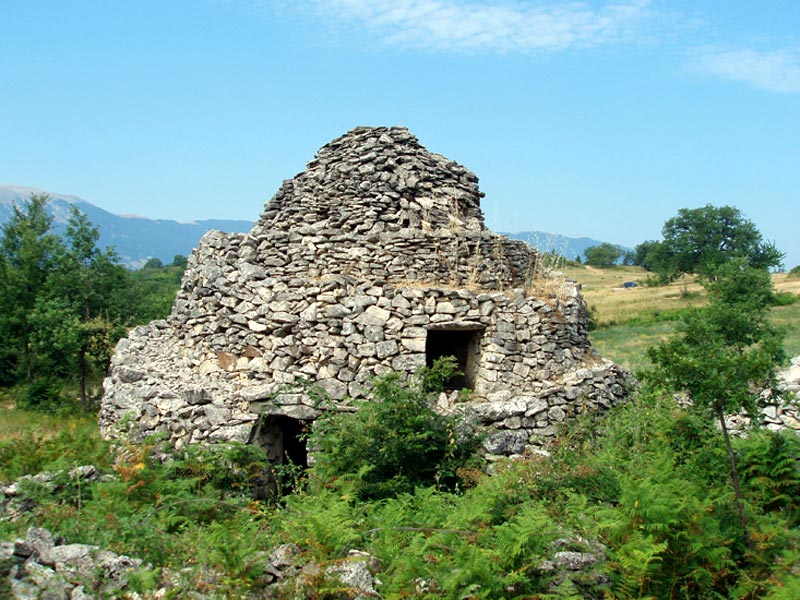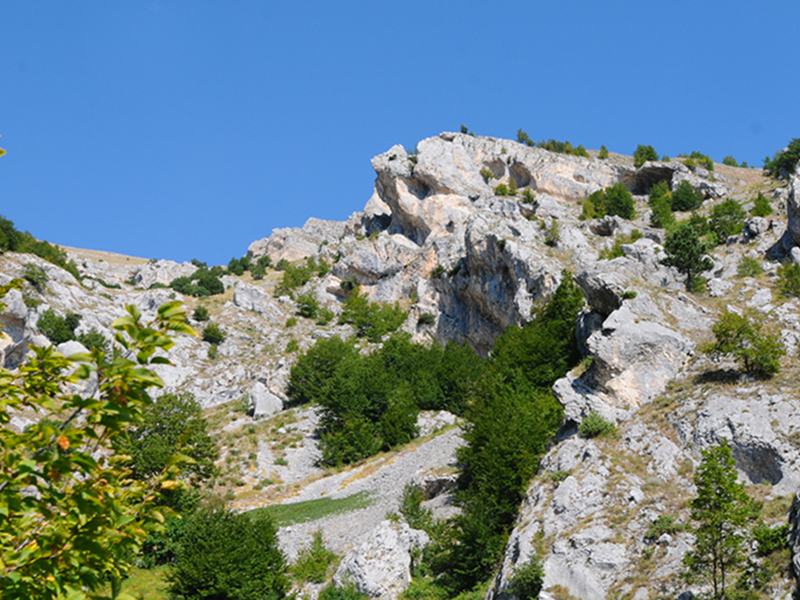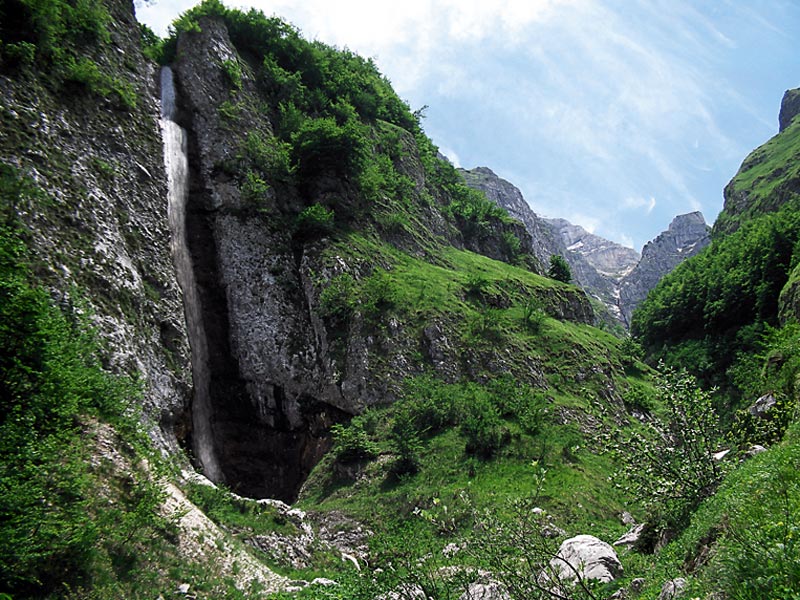Protected Area
Identity Card
- Maiella National Park:
- Land Surface Area: 74'095.00 ha
- Protected flora: 3 species (Italian text)
- Protected wildlife: 56 species (Italian text)
- Habitats: 30 types (Italian text)
- Regions: Abruzzo
- Provinces: Chieti, L'Aquila, Pescara
- Municipalities: Abbateggio, Ateleta, Bolognano, Campo di Giove, Cansano, Caramanico Terme, Civitella Messer Raimondo, Corfinio, Fara San Martino, Gamberale, Guardiagrele, Lama dei Peligni, Lettomanoppello, Lettopalena, Manoppello, Montenerodomo, Pacentro, Palena, Palombaro, Pennapiedimonte, Pescocostanzo, Pettorano sul Gizio, Pizzoferrato, Popoli, Pratola Peligna, Pretoro, Rapino, Rivisondoli, Rocca Pia, Roccacasale, Roccamorice, Roccaraso, Salle, San Valentino in Abruzzo Citeriore, Sant'Eufemia a Maiella, Serramonacesca, Sulmona, Taranta Peligna, Tocco Da Casauria
- Establishment Measures: L 394 06/12/1991 - DD.MM. 4/12/92, 4/11/93, 22/11/94, DPR 5/6/95
- PA Official List: EUAP0013
- Park Authority: Ente Parco Nazionale della Maiella
- Further managed Protected Areas:
- SIC Fonte di Papa
- SIC Maiella
- SIC Maiella Sud Ovest
- SIC Monti Pizi - Monte Secine
- ZPS Parco Nazionale della Majella
- Maiella UNESCO Global Geopark
The Environment
Majella National Park is characterized by a territory dominated by mountains: as a matter of fact, the 55% of it is over the 2,000 meters. It includes widelands with particular wilderness aspects, the rarest and most precious part of the biodiversity national heritage.
At the moment - as far as we know - the Park houses over 78% of the species of mammals (except Cetaceans) living in Abruzzi, and over 45% of the Italian species. Considering the lack of data on some numerous groups like insectivorous species and chiropters, we can state that the Park is a real "hot spot" for biodiversity conservation also in these fields.
(the following links all lead to Italian texts)
Fauna in the Park
The Majella National Park is home to a rich and diverse vertebrate fauna, consisting in many cases of important national and international species of mammals, birds, reptiles and amphibians characterising the Apennine mountain environments.
(the following links all lead to Italian texts)
Flora in the Park
The flora of the Majella National Park is characterised by its remarkable richness.
More than 2,100 species and subspecies have been counted, corresponding to more than 65% of the Abruzzi flora, almost 30% of the Italian flora and about 17% of the European flora. As well as being very rich, the Park's flora is also remarkable for its originality. The number of endemisms amounts to 142 and, among them, 5 are related to the territory of the protected area only: Soldanella del Calcare and Fiordaliso della Majella, chosen as the symbol of the botanical gardens of the Park, Pinguicola di Fiori, Radicchiella della Majella, Ranuncolo multidentato.
(the following links all lead to Italian texts)
- Acero di Lobel
- Adonide curvata
- Androsace abruzzese
- Androsace appenninica
- Aquilegia della Majella
- Astralago Aquilano
- Betulla
- Botton d'oro
- Ciombolino abruzzese
- Erba unta di Fiori
- Euphorbia samnitica
- Fiordaliso della Majella
- Fiordaliso giallo
- Genepì appenninico
- Genziana appenninica
- Genziana Maggiore
- Giaggiolo della Marsica
- Ginepro sabino
- Glasto dell'appenino
- Lingua di cane della Majella
- Maggiociondolo
- Nigritella di Widder
- Paverina di Thomas
- Pino mugo
- Radicchiella della Maiella
- Ranuncolo della Majella
- Scarpetta di Venere
- Soldanella del calcare
- Stella alpina dell'Appennino
- Viola della Majella
- Viola di Levier
- Vitaliana Abruzzese
History of the Park Territory
Majella is not only rich in wildlife, but also in historical, archaeological, and architectural evidences. As a matter of fact, its territory has been populated since the Paleolithic period - 800,000 years ago - when groups of hunters-collectors belonging to Homo herectus species exploited the natural resources of the mountain to get food, for example by picking plants that grew spontaneously, by hunting big animals, and by looking for flint material to build their tools. Rich evidences belonging to this long period have been found in the important sites of Valle Giumentina, Grotta degli Orsi, and Grotta del Colle.
(the following links all lead to Italian texts)
- Paleolithic and Neolithic
- Eneolithic
- Italic and Latin Civilization
- Lombards, Franks and the origins of Monasticism
- Among Naples, Florence and Milan
- Mountain bourgeoisie and highly cultural traditions
- From the unification of Italy until today
- From the Kingdom of Sicily to the Kingdom of Italy (1140-1860)
Geology of the Park
The Park, whose altitude ranges from 130 to 2,793 mt at Mt. Amaro, is made up of carbonate reliefs exceeding or approaching 2,000 mt, i.e. Majella, Morrone, Porrara, Pizzalto and Rotella, separated by valleys and karst plateaus. From a geological point of view, Majella is the most unique massif in the Apennines. Its limestones were mostly deposited 100 milion years ago, on the bottom of a tropical sea rich in life, as shown by many fossils, while its orogenesis is recent (dating from the Pliocene, 5 million years ago).
The Majella Park Geosites
(the following links all lead to Italian texts)



